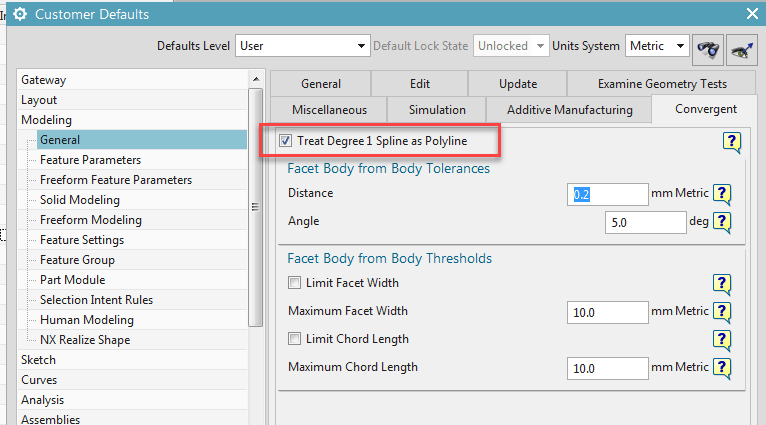tryitagain
Mechanical
- Sep 30, 2008
- 28
Hi NX 12 users,
attached a small surface where I used the extrude command with "face edges" to create a solid body. The feature turns out as an unuseable convergent body.
Does anyone within the NX community has a workaround for it?
Thanks in advance.
attached a small surface where I used the extrude command with "face edges" to create a solid body. The feature turns out as an unuseable convergent body.
Does anyone within the NX community has a workaround for it?
Thanks in advance.


![[wink] [wink] [wink]](/data/assets/smilies/wink.gif)